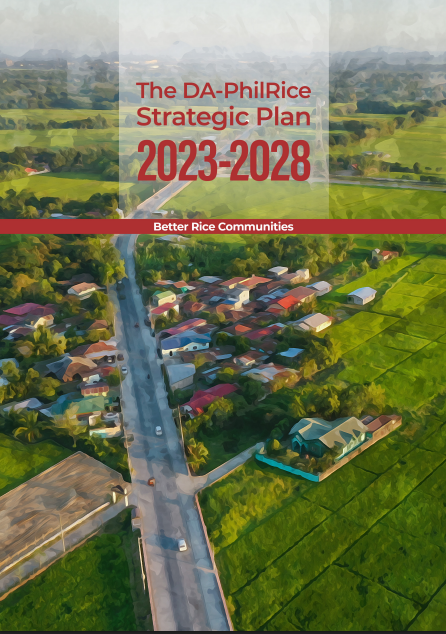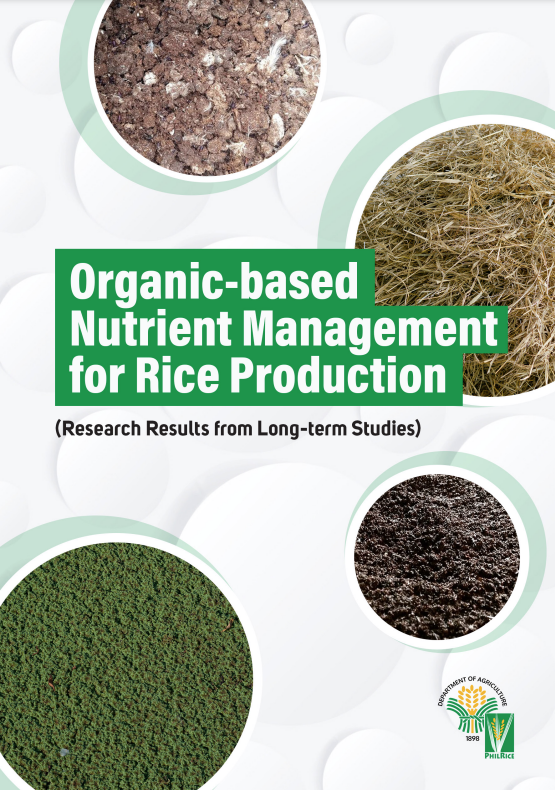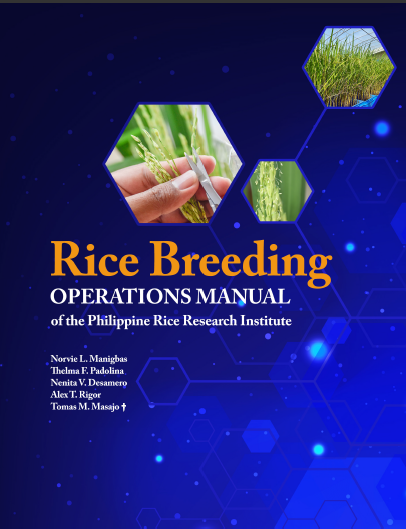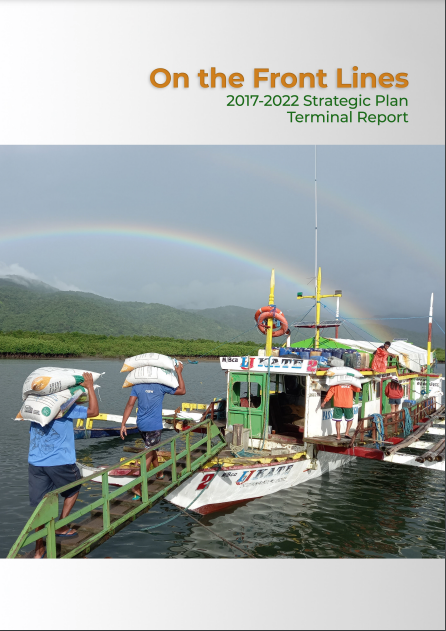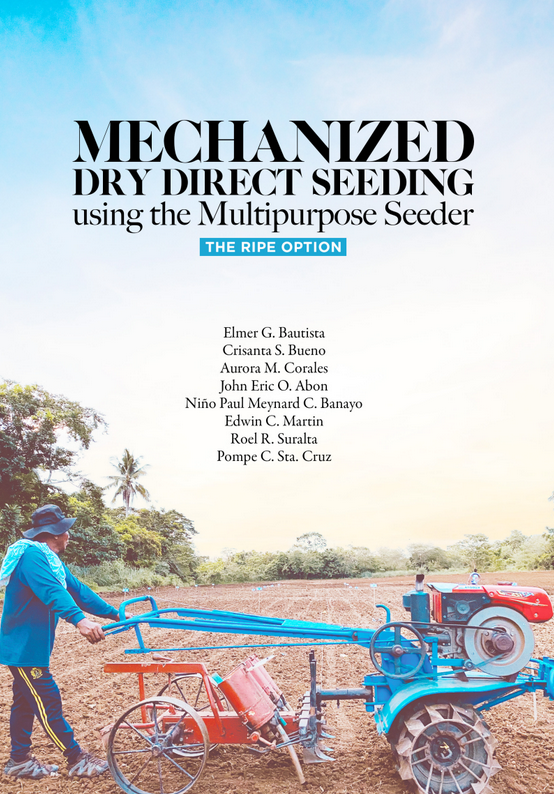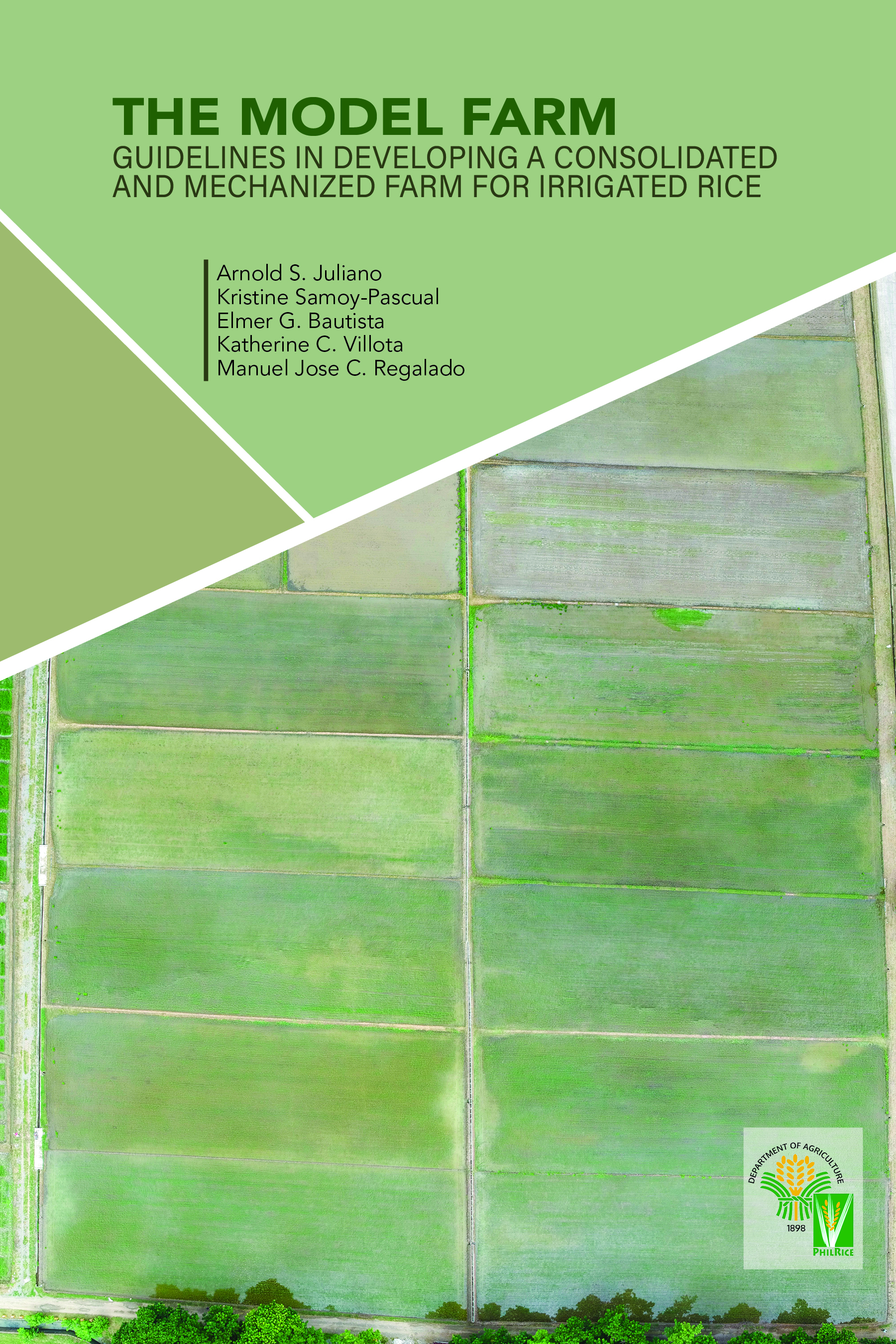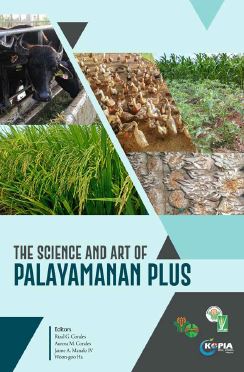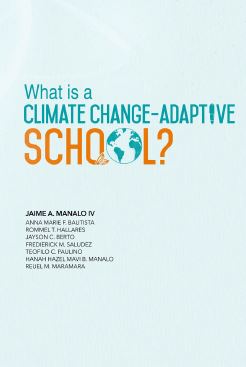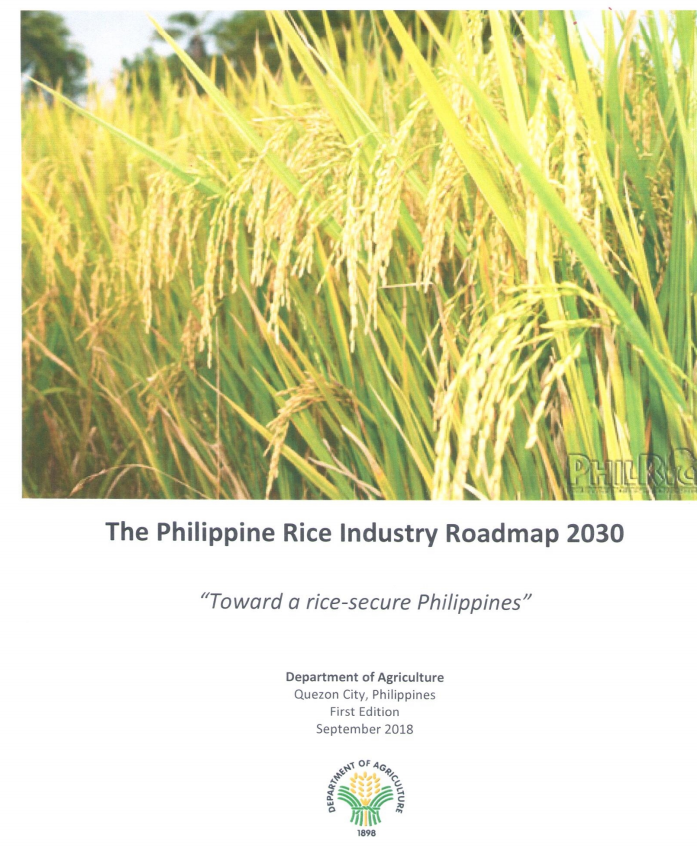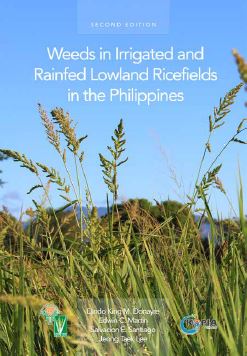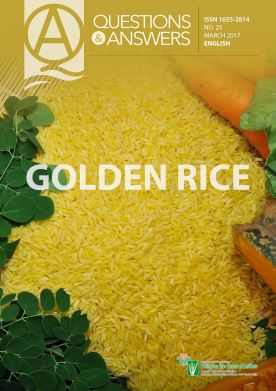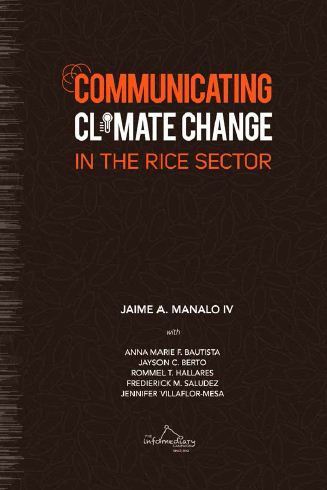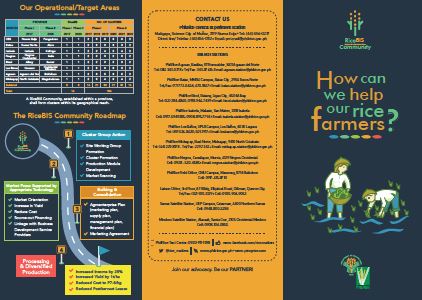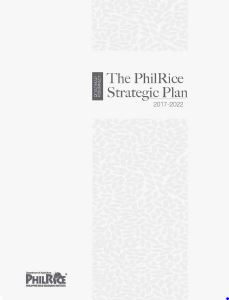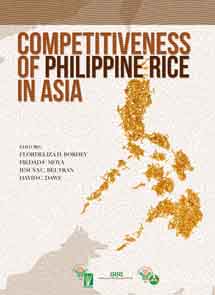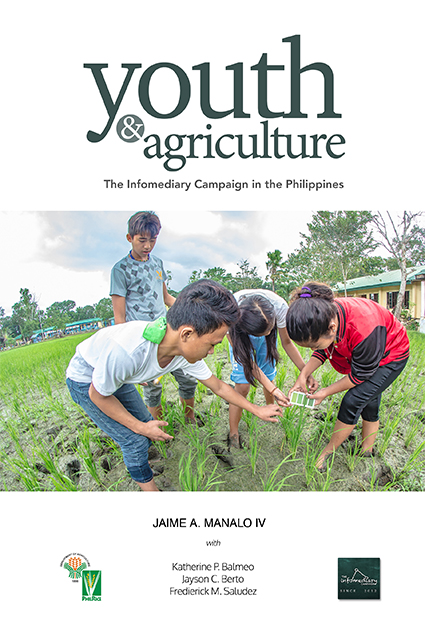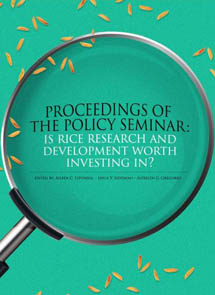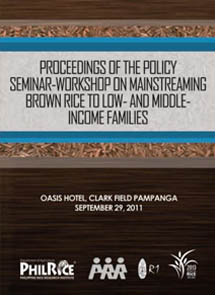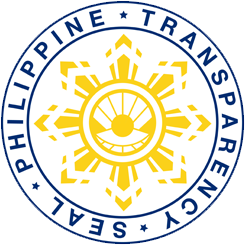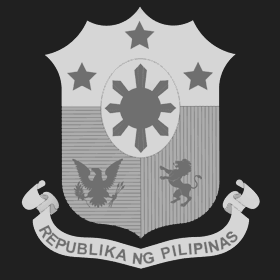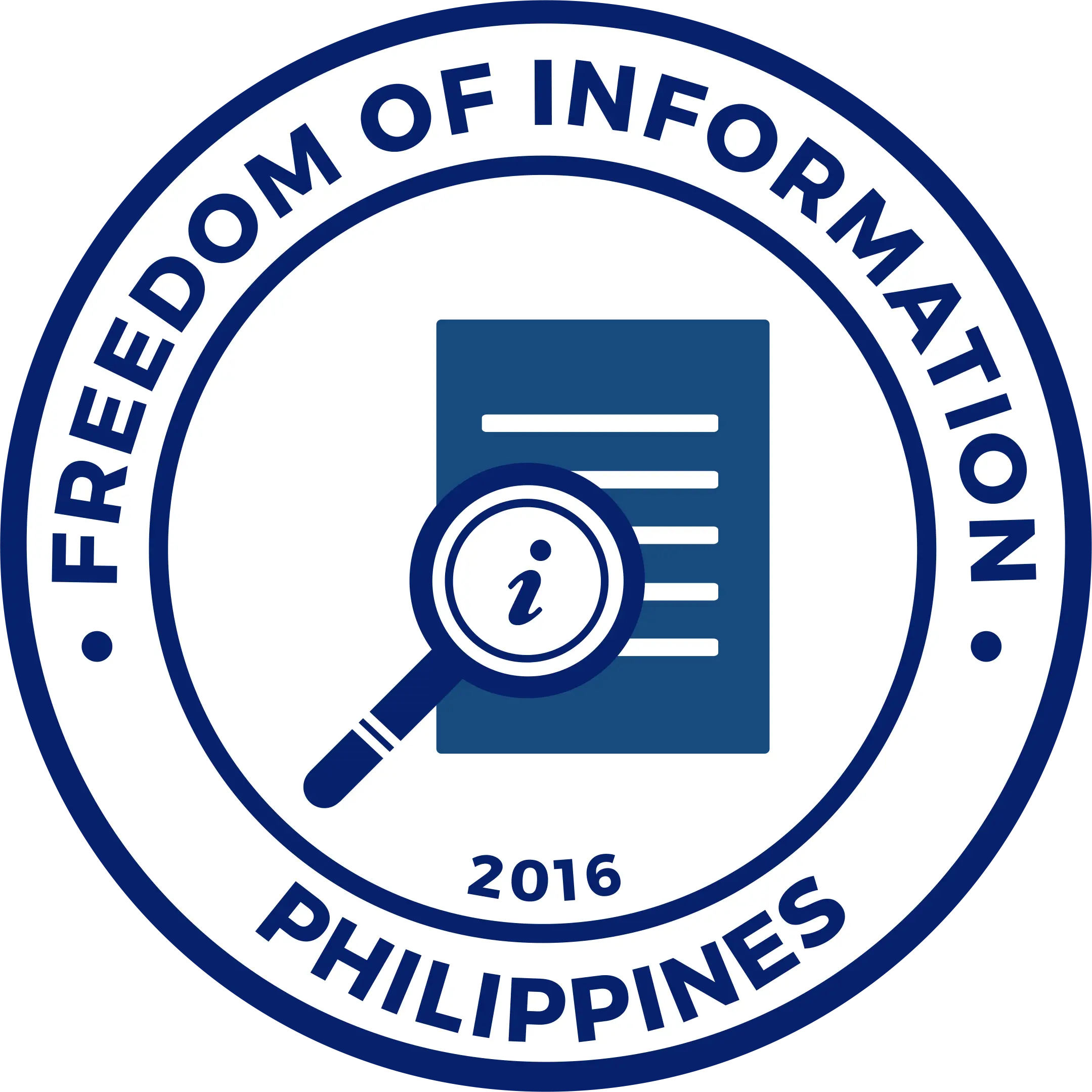Organic-based nutrient management for rice production
Wellness and long life are included in the top 10 aspirations of farmers as
shown by a 2022 study of the Department of Agriculture-Philippine Rice
Research Institute. However, the realization of these aspirations may be
affected by chemical use, which is detrimental to health when utilized
injudiciously.
Rice Breeding Operations Manual
A brief history of the rice improvement efforts in the Philippines emphasized the need of increasing rice productivity through new technologies and innovations in breeding. The rice landscape has significantly accelerated the rhythm of varietal improvement from the most primitive selection of naturally occurring variants using the traditional cultivars to hybridization process. Improving rice varieties at PhilRice has defined the breeding themes, techniques, strategies, and achievements as influenced by local and international partnerships and collaborators from 1985 to 2021. The impact of these new breeding methods in farmers’ fields has progressed to help meet the challenges related to food production and environmental sustainability.
On the Front Lines
Amid challenging times, PhilRice soldiered on to
meet the needs of its stakeholders, the rice farmers in
particular. It was all systems go at PhilRice – innovations
after innovations – the Institute invented and reinvented
itself to ensure that the rice R4D is alive and relevant in
the most trying times.
Mechanized Dry Direct Seeding using Multipurpose Seeder
Climate change is among the biggest “wicked issues” in rice cultivation. From the literature, we know that wicked problems are difficult to solve owing to the extent of the interconnectedness of issues attached to them. With climate change, we know that water will be scarce for agriculture, if not already, given its competition with more urgent and important concerns such as for domestic purposes. We also know that the workforce is abandoning the agriculture sector in favor of the more established income-generating industries. The recitation of related issues can go on.

